

Apple is here to remind you that life (and your wallet) is precious
source link: https://www.macworld.com/article/1063863/apple-watch-fall-detection-iphone-satellite-crash.html
Go to the source link to view the article. You can view the picture content, updated content and better typesetting reading experience. If the link is broken, please click the button below to view the snapshot at that time.

Apple is here to remind you that life (and your wallet) is precious

Steve Jobs famously induced John Sculley to quit his job at Pepsi and become the CEO of Apple by asking him if he wanted to keep selling sugar water or if he wanted to change the world.
Apple is undoubtedly a company that’s committed to changing the world through its products, and that’s a spirit that was instilled into Apple’s corporate culture by Jobs himself. But it’s a two-edged sword: Selling sugar water is comfortably profitable and not especially controversial. Changing the world, while potentially quite profitable, can be a lot more complicated.
At least, that’s what I thought when I saw the kid trapped in the cabin with the bear.
Marketing mortality
Apple’s product marketing isn’t always subtle, but the company has stepped carefully when talking about how Apple devices might save your life. Until the Apple Watch came along, any stories of Apple devices being involved in dramatic moments were more pedestrian: Does it matter if the phone you dialed 911 on was an iPhone?

Apple provided a dramatic setting for a reading of a letter by a user who used an Apple device to get help after a plane crash.
Apple
But the Apple Watch, with its array of health sensors, changed the narrative. Stories abound about Apple Watch alerts giving them early warnings about potentially deadly medical complications. The Dear Apple video in 2017 featured not just heartwarming stories about formerly scrawny nerds getting up at 5 a.m. to work out and close their rings but also people in car crashes and who faced death from multiple organ failure.
On one level, having a product that saves people’s lives is a marketer’s dream. But it’s also a challenge because you don’t want to make claims that you can’t back up. Just because some people’s lives were affected doesn’t equate to a guarantee. And of course, bringing up the specter of early death isn’t the kind of feel-good message Apple is used to.
That 2017 “Dear Apple” video, and the “Dear Tim” video Apple showed on Wednesday that featured the kid terrorized by a bear (along with a guy trapped in a garbage truck and a girl who was in a plane crash!), are clever because it’s not Apple making claims. It’s Apple letting people tell their stories, which just so happen to involve the Apple Watch saving their lives.
It looks like something bad happened
A few months ago, I tripped over a curb while running with my Apple Watch and bruised my ribs. I was able to walk home and drive myself to the ER, where I was prescribed Advil and Tylenol and ice. But as I sat there splayed out on the sidewalk, my Apple Watch angrily vibrated–thanks to Apple’s Fall Detection feature.
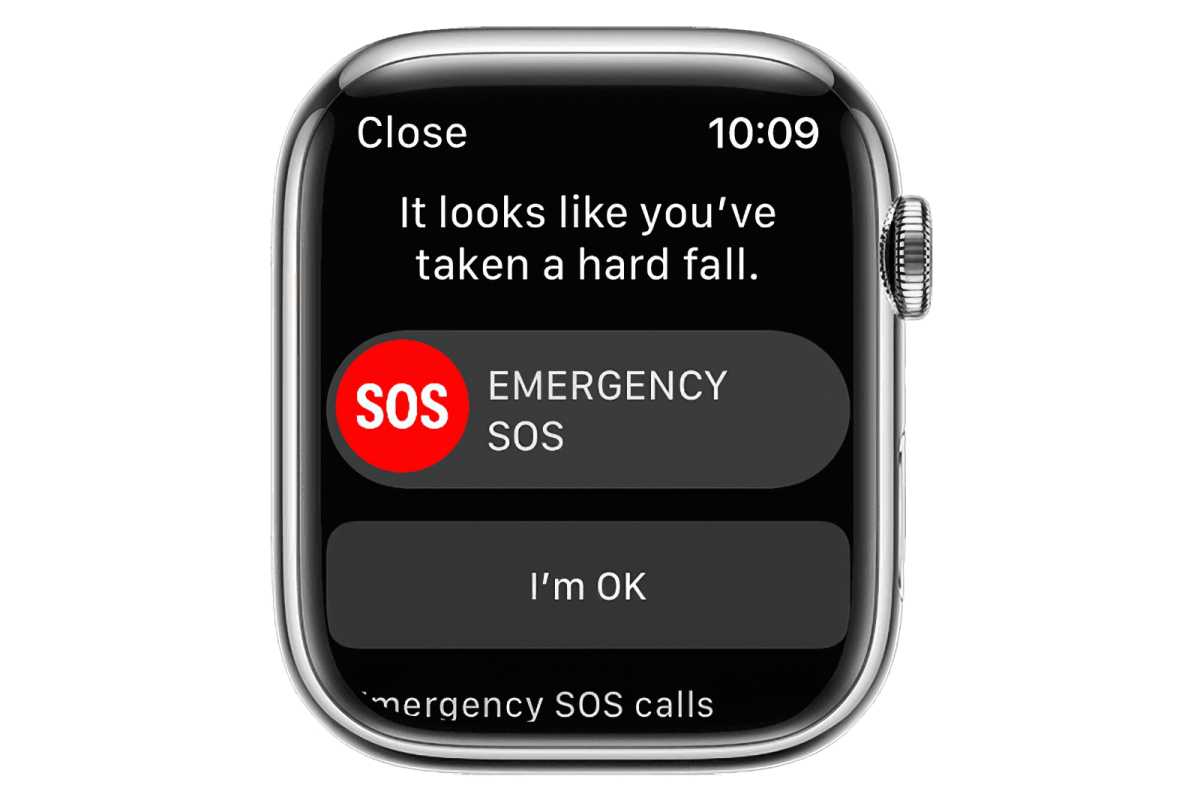
Apple
This is not my own personal “Dear Tim” letter. I tapped the button that said “I fell, but I’m OK,” then called my wife and told her I was going to the hospital. But I did have a moment where I realized that if I had been knocked unconscious, my watch would’ve called her and also emergency authorities, and it made me that much more glad that I was wearing it.
I can’t tell you how many of my friends, coping with aging parents with mobility issues, have bought those parents Apple Watches. After my mom broke her arm tripping on a curb–hey, it runs in the family–we bought her one. If she never uses another feature of her Apple Watch, it’ll be worth it for the peace of mind.
Apple’s newest feature (on both Apple Watch and iPhone) is called Crash Detection. It’s obviously intended to take what Apple learned in building Fall Detection and expand it to an even larger audience. Apple has made an investment in new sensors for both devices that are more capable of detecting if you’ve been in a car crash.
Again, I understand how this might make people uneasy. After all, it’s sort of suggesting that you need to spend the money on an iPhone or Apple Watch… or risk tragic consequences. But on the other hand, if Apple’s here to change the world, isn’t one way it can make an impact to turn its popular pocket supercomputers into personal emergency beacons for car crashes?
And of course, the people who are saved by the feature will write letters to Tim Cook about it (in addition to having it reported on their local news), and then next year there will be another “Dear Tim” video… the cycle continues.
Life-saving as a service
Perhaps the most interesting wrinkle is Apple’s introduction of Emergency SOS via Satellite. Like Crash Detection and all the Apple Watch alerts, this is a new feature that has real potential to save lives. If something bad happens and you’re nowhere near cellular reception, your iPhone 14 will be able to send a message for help via a satellite connection.
Once again, this is one of those features that will end up saving lives. Maybe it won’t be a backcountry adventurer (because they’ll probably have a dedicated satellite communication device). Instead, it’ll be a dad driving his kids to grandma’s house for Thanksgiving, only to take a wrong turn during a snowstorm and end up stranded on a dirt road in the middle of nowhere.
But Emergency SOS via Satellite isn’t just a feature enabled by Apple-built sensors. It’s a service, one that requires Apple to pay a satellite company called GlobalStar, including paying for a bunch of new GlobalStar satellites to meet demand.

Apple
On Wednesday, Apple announced that Emergency SOS via Satellite will be available for free for two years with the purchase of an iPhone–language that firmly places the feature in the category of services. Once again, I think Apple has made the right marketing decision in how it’s rolled this out. (As a point of comparison, Garmin’s subscription plans start at $15 per month for a similar feature with their dedicated satellite communicator hardware.)
By including two years of the feature with the purchase of a device, Apple’s avoided the conversation that would happen if Apple introduced a life-saving feature… and immediately asked for your credit card for a monthly or annual recurring charge. The last thing the company needs is to be accused of ransoming the safety of iPhone buyers to boost its services revenue.
Now, what happens in two years? I imagine that if you’ve got a two-year-old iPhone 14 that you want to keep, you’ll need to pay (or perhaps be part of iCloud+ or Apple One) to use that feature. But it doesn’t seem quite as creepy to ask for payment after two years.
Besides which, two years is a long time. Who knows how many people will write to Tim Cook about how their Apple devices saved their lives by then? You might even be one of them.
iPhone 14 Pro Max
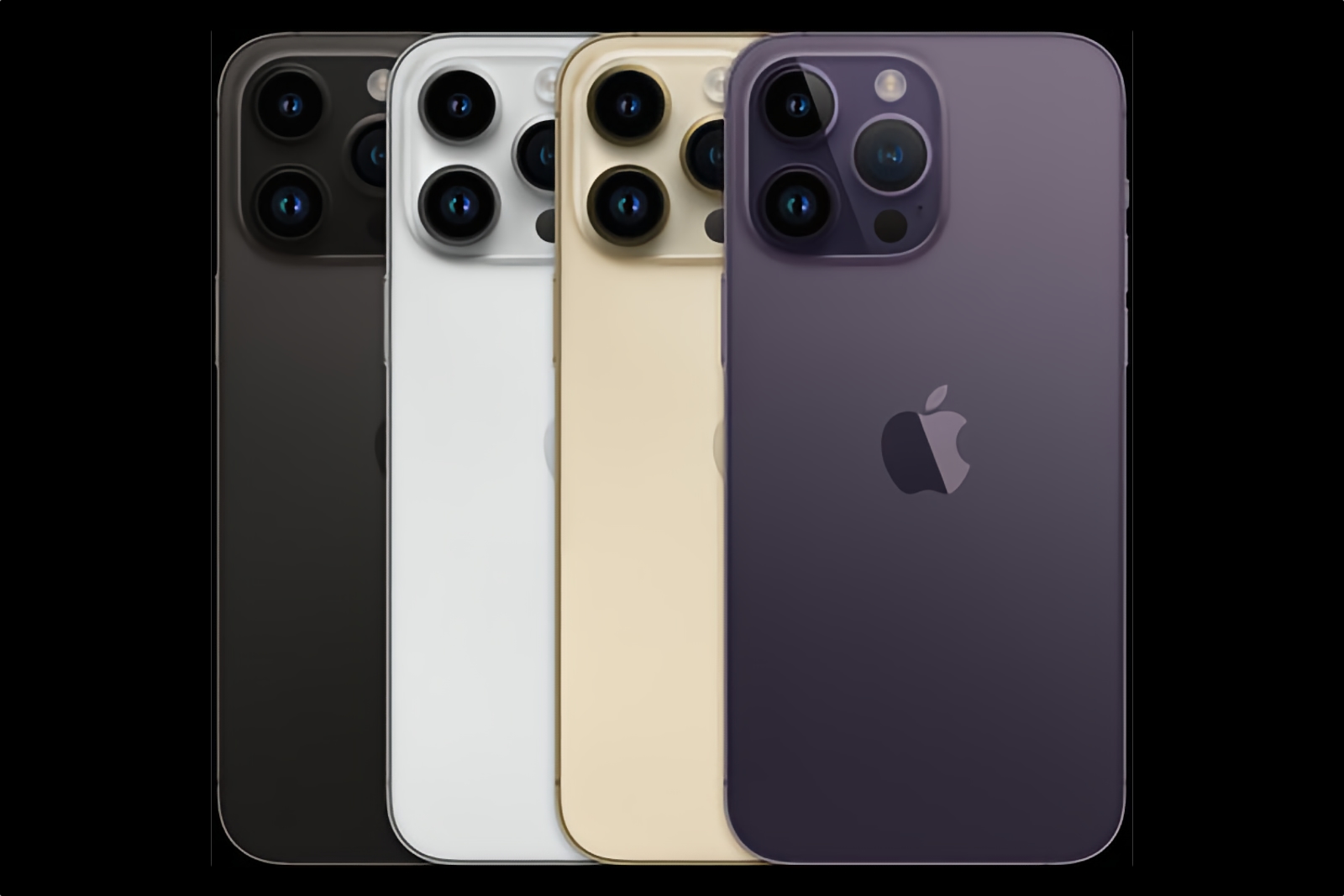
iPhone 14 Pro

iPhone 14 Plus
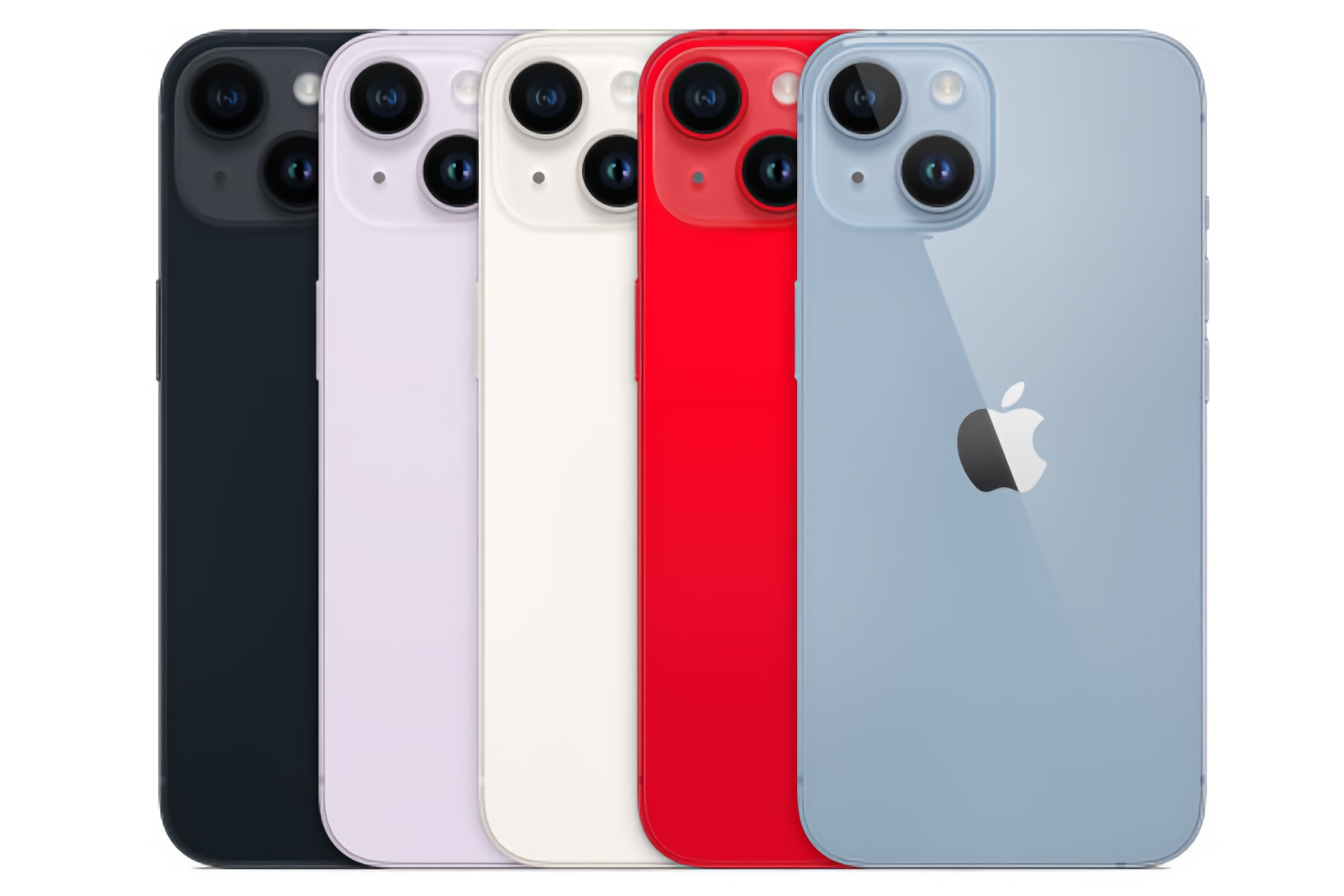
iPhone 14
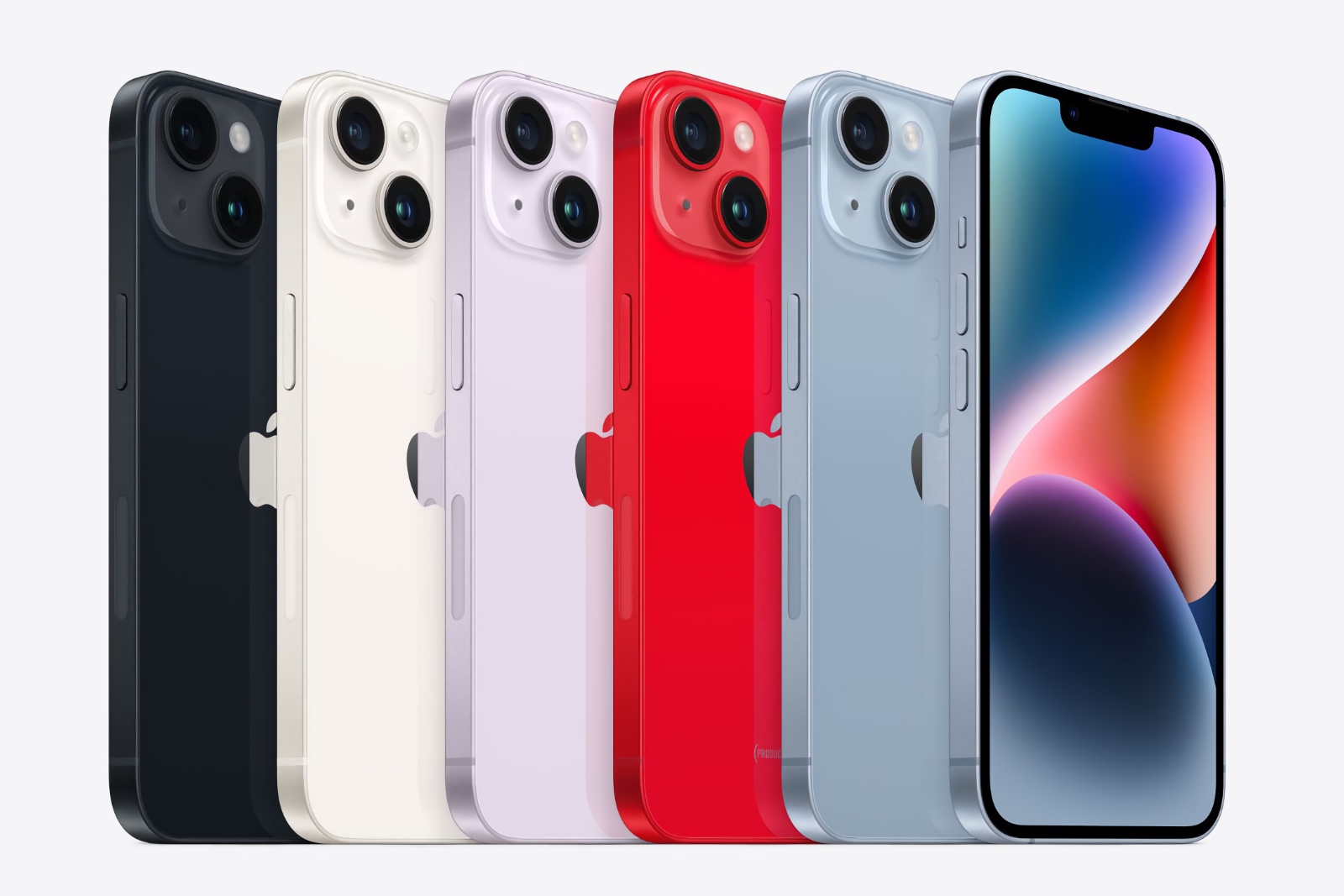
Apple Watch Ultra
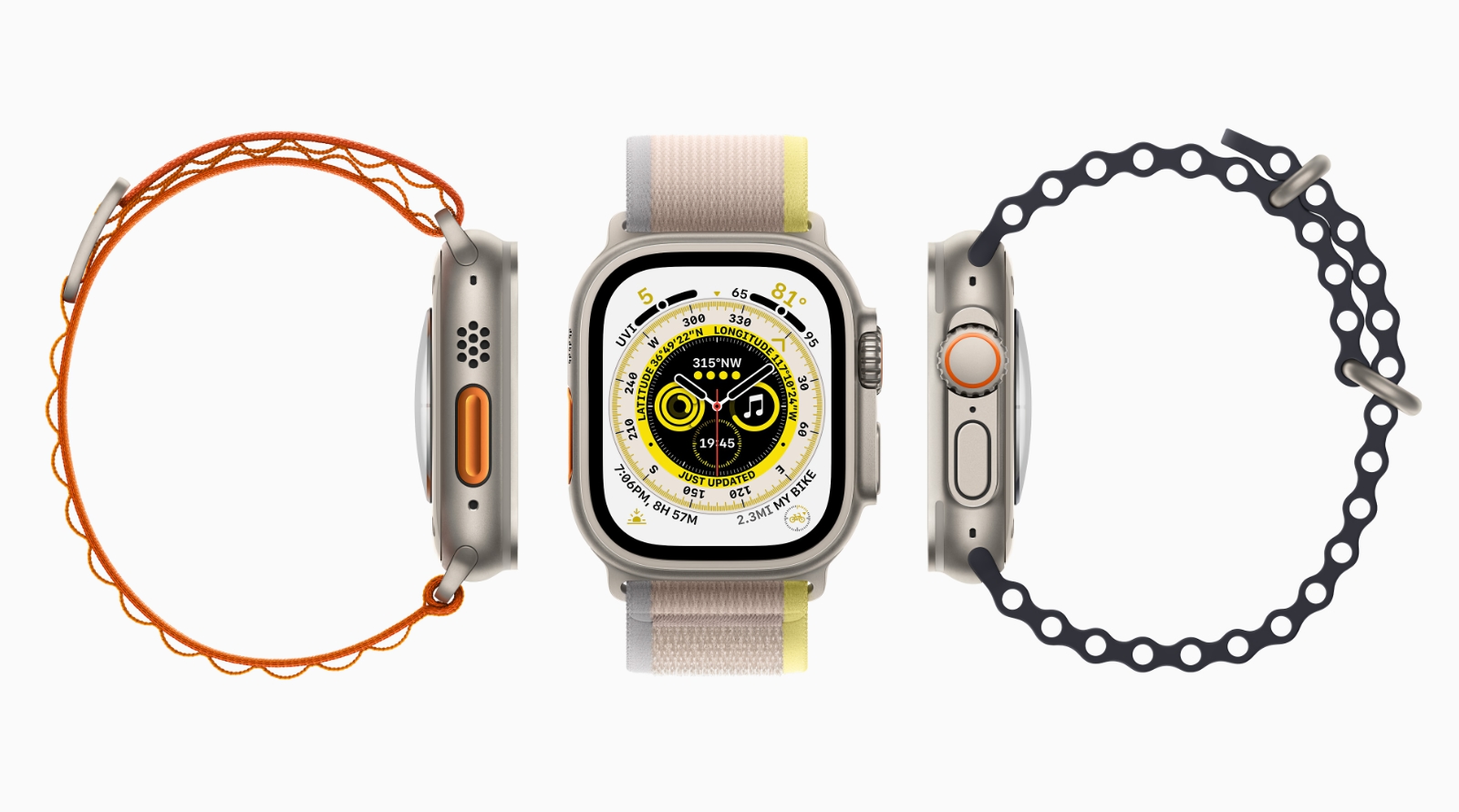
Apple Watch Series 8
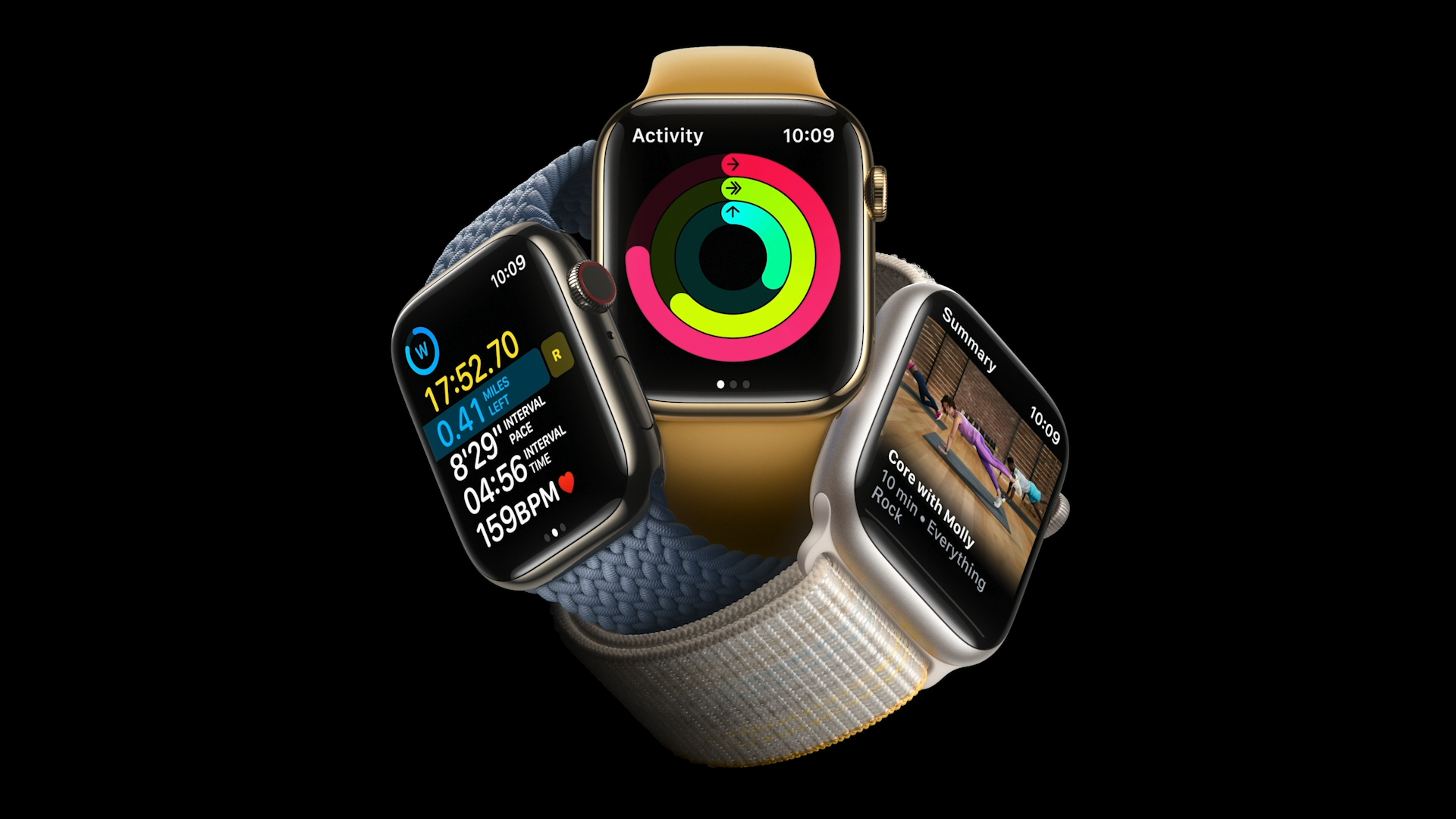
Apple Watch SE (2nd generation)

Recommend
About Joyk
Aggregate valuable and interesting links.
Joyk means Joy of geeK